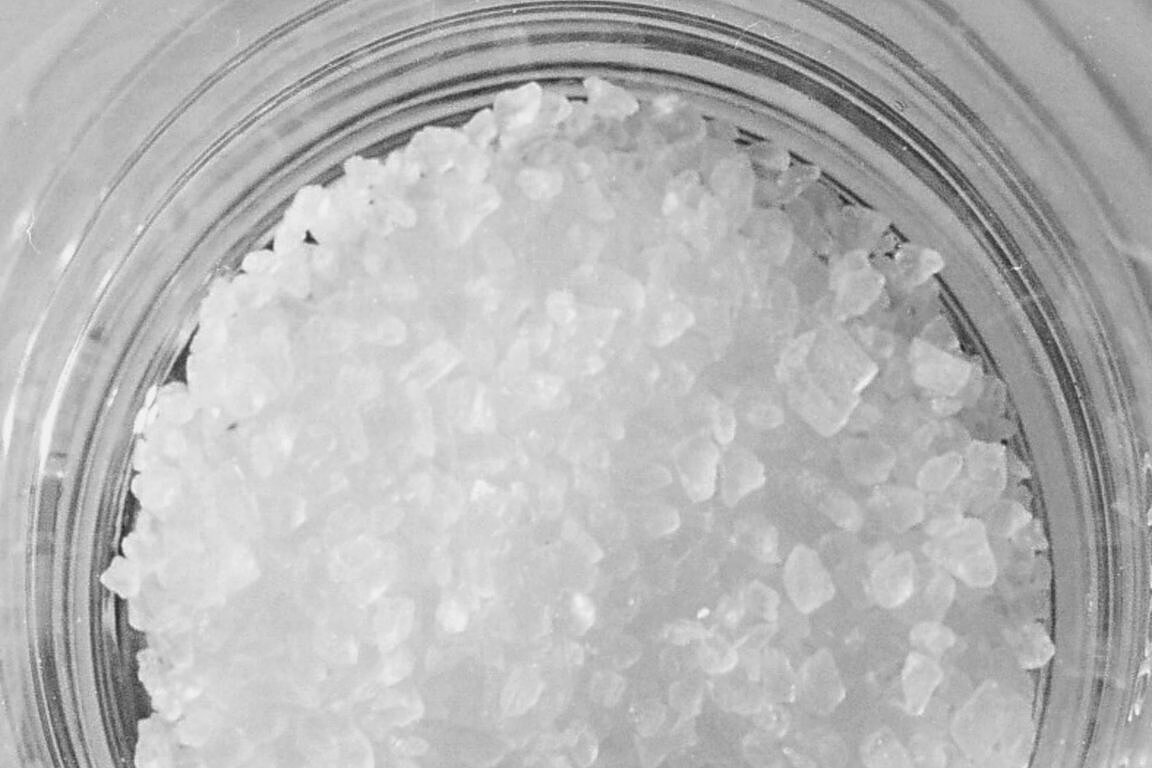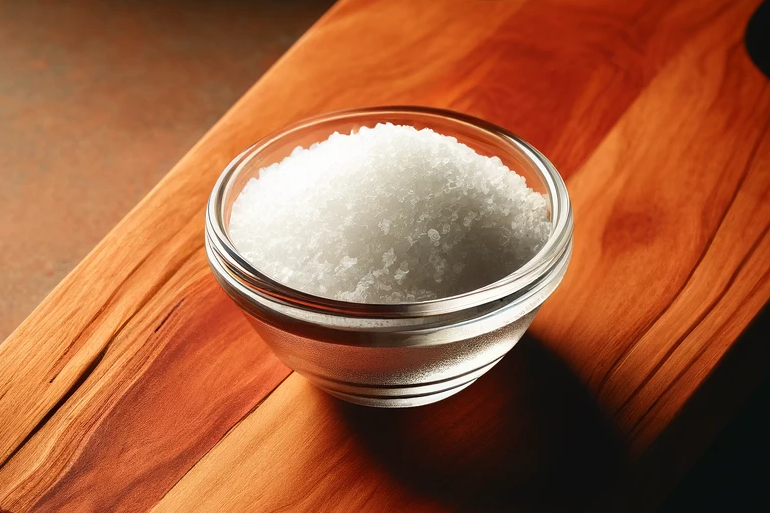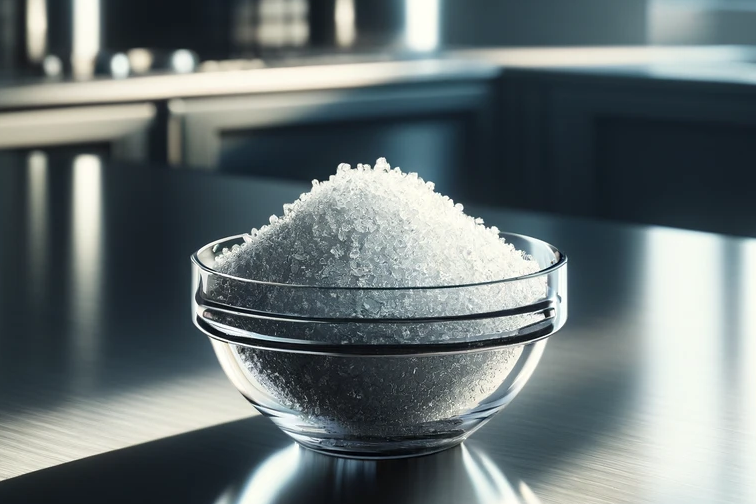Sodium tripolyphosphate

You may have heard of sodium tripolyphosphate or seen it on the ingredients list of dog food or dental care products. But what is it actually and how does it affect your dog? In this article, you'll find out more about this substance and its advantages and disadvantages.
What is sodium tripolyphosphate?
Sodium tripolyphosphate (STPP for short) is a salt of polyphosphoric acid that is used in the food and cosmetics industry as a preservative, thickening and emulsifying agent. It has the formula Na5P3O10 and is a white, odorless powder that dissolves easily in water.
How does sodium tripolyphosphate affect your dog?
Sodium tripolyphosphate has different effects on your dog depending on how it is administered and in what quantity. Here are some of them:
- Benefits: Sodium tripolyphosphate can reduce the formation of tartar in dogs by binding the calcium ions in their saliva, preventing them from bonding with dental plaque. This can promote your dog's dental health and prevent gingivitis and bad breath. Sodium tripolyphosphate can also increase the shelf life of dog food by lowering the pH value and inhibiting the growth of bacteria. This can improve the quality of the food and reduce food waste.
- Disadvantages: Sodium tripolyphosphate can cause side effects in dogs such as diarrhea, vomiting, bloating or loss of appetite if given in too high doses or too frequently. This is because it can irritate the gastrointestinal tract or impair the absorption of minerals such as calcium or iron. Sodium tripolyphosphate can also lead to increased sodium intake, which can be problematic in dogs with heart, kidney or liver problems. In addition, sodium tripolyphosphate can pollute the environment if it ends up in wastewater, as it is difficult to break down and can disrupt the ecological balance.
How can you avoid or reduce sodium tripolyphosphate?
If you want to avoid or reduce sodium tripolyphosphate for your dog, there are a few ways to do this. Here are some tips:
- Read the ingredients list of dog food or dental care products carefully and pay attention to the sodium tripolyphosphate content. If possible, choose products with low or no levels of this substance.
- Feed your dog fresh or dried meat, fruit and vegetables that do not contain additives. You can also make your own dog food using natural ingredients.
- Clean your dog's teeth regularly with a soft brush or a special toy that massages the teeth and removes plaque. You can also use natural dental care products such as coconut oil or baking soda.
- Consult your vet before giving your dog products containing sodium tripolyphosphate, especially if they have health problems or need a special diet. Your vet can recommend the correct dosage and frequency.
Sodium tripolyphosphate is a substance used in the food and cosmetics industry that can have various effects on your dog. It can promote your dog's dental health and increase the shelf life of dog food, but can also lead to side effects such as diarrhea, vomiting or excess sodium. If you want to avoid or reduce sodium tripolyphosphate for your dog, you should check the ingredients list of dog food or dental care products, feed your dog natural foods, clean his teeth regularly and ask your vet for advice.
If you notice any signs of hypersensitivity or poisoning in your dog, you should see your vet immediately. We are not a substitute for a vet, but we try to be as accurate as possible. Every dog reacts differently and we recommend you get a second opinion or consult your vet if in doubt.
Stay healthy and take good care of your four-legged friend!😊
Similar to Sodium tripolyphosphate
Sodium hexametaphosphate (SHMP for short) is a salt consisting of six phosphate groups bonded to a sodium atom. It is used in the food industry as an emulsifier, stabilizer, preservative or acidity...
Sodium phosphate is a collective term for a group of salts consisting of sodium and phosphate ions. These chemical compounds are ubiquitous in many areas of industry and food processing, including...
Sodium diphosphate, also known as disodium hydrogen phosphate (Na2HPO4), is a sodium salt of phosphoric acid. It is often used as a food additive, serving as an emulsifier, stabilizer and texture...
Sodium metaphosphate (NaPO3)n is a salt of metaphosphoric acid and belongs to the group of polyphosphates. It is widely used as an emulsifier, preservative and water softener in various industries,...



